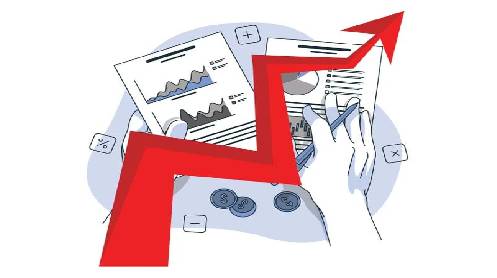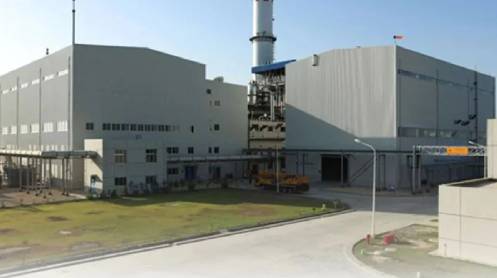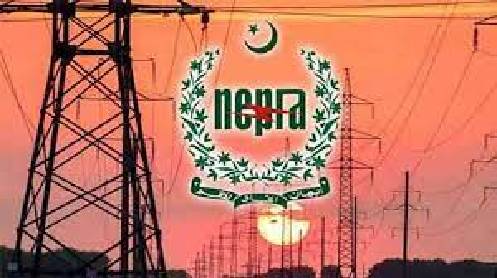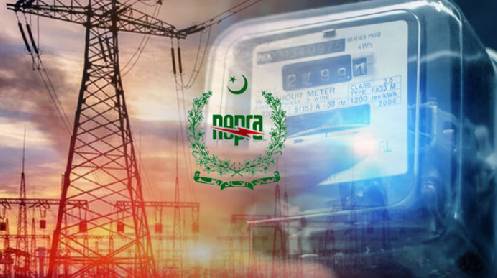Only tariff hike targeted under foreign loans-linked reforms, other critical issues ignored
ISLAMABAD: The circular debt is projected to increase by another Rs545 billion by March next year despite a surge in electricity prices as foreign loans pegged with the so-called power sector reforms are limited to only increasing prices and ignore other critical issues.
Pakistan eyes another loan of $600 million from the World Bank for power sector reforms in the current fiscal year and the sector also remains in focus of the International Monetary Fund (IMF) under a new $3 billion standby arrangement.
Yet, there is no improvement in the sector’s financial health despite increase in electricity prices up to Rs51 per unit under the IMF’s policy of “fiscalization” of power sector inefficiencies, a strategy that has led to a massive change in priorities of the low middle-income groups just to pay their bills.
The Ministry of Finance and the Ministry of Energy on Saturday reviewed financial status of the power sector, including the implementation of conditions set by the IMF and the World Bank.
There was hardly any discussion on real reforms in the power sector, except for some emphasis put by Minister of Finance Dr Shamshad Akhtar, according to participants of the meeting.
The discussion largely revolved around the need for subsidies, increase in tariffs and other related issues.
Sources said that against a month-old projection of Rs386 billion rise in circular debt by March 2024, it was estimated that the flow could now increase by Rs545 billion, a deviation of around 41% in a month.
The new projections are not in line with the indicative targets given in the IMF report released last month.
At this stage, the government has kept the total increase in circular debt unchanged at Rs392 billion by June 2024, a calculation that the IMF will scrutinise at the time of first review of the $3 billion programme in November this year, the sources said.
Against an earlier plan of reduction of Rs155 billion in circular debt by September this year, the Power Division has now estimated an increase of Rs292 billion in the first quarter, they said.
In its report, the IMF has set the indicative target of reducing the debt flow by Rs155 billion. However, sources said that the finance ministry did not consider the Rs155 billion debt reduction plan realistic.
Similarly, the IMF has set the indicative target of only Rs64 billion increase in circular debt by December this year. But the Power Division has now assessed that the flow could rise to Rs406 billion by December.
For the third quarter, the IMF has set the debt target at Rs386 billion but the Power Division sees the figure increasing to Rs545 billion, they added.
Despite a massive increase in electricity prices in the current fiscal year, the circular debt is projected to increase by another Rs545 billion before settling around Rs392 billion.
Sources said that the Rs392 billion increase in circular debt would be adjusted against the reduction in the previous debt stock through subsidies aimed at keeping the total circular debt at Rs2.310 trillion by June next year.
Under the IMF programme, Pakistan has committed to increase electricity prices on account of annual revision, which it has already done by raising prices up to Rs7.50 per unit. As a result, the maximum per unit price for domestic consumers is now Rs51 per unit while for industrial and commercial consumers it is Rs47 per unit. The government has also planned to increase prices by Rs4.37 per unit on account of last fiscal year’s quarterly tariff adjustment.
Pakistan has committed that it will not give additional subsidies to the industrialists and farmers. Besides, the proposed increase in electricity tariffs on account of quarterly and monthly fuel price adjustments will be immediately passed on to consumers.
As part of the commitment, the government is going to withdraw some of the subsidies given to farmers by dividing consumers into two categories.
The implementation of this condition was discussed on Saturday. It was briefed that agriculture sector subsidies would be rationalised after completion of an ongoing survey by the World Bank.
Pakistan is also required to negotiate power purchase agreements with wind power producers but so far there has been no progress.
Pakistan is also negotiating a $600 million loan with the World Bank in the name of power sector reforms. A major hurdle in reaching a deal with the World Bank is the non-implementation of the agreed condition of renegotiating power purchase agreements with Chinese power projects set up under CPEC.
Where the government, the World Bank and the IMF are harsh on increasing electricity prices, they are lax in improving the performance of power companies.
Power distribution companies’ targets for loss reduction have been kept unchanged at 16.5%, which will add Rs201 billion to the circular debt in this fiscal year.
Sukkur Electric Power Company’s loss target is 34.4% while the target is 27.5% for Quetta and 37.4% for Peshawar power distribution companies.
In terms of recoveries, the Quetta distribution company’s target is a mere 29% of the issued bills, Sukkur 65%, Hyderabad 76% and Peshawar 89%.
Nepra requires 100% recovery of the bills and less recoveries will add a minimum of Rs264 billion to the circular debt in this fiscal year.





